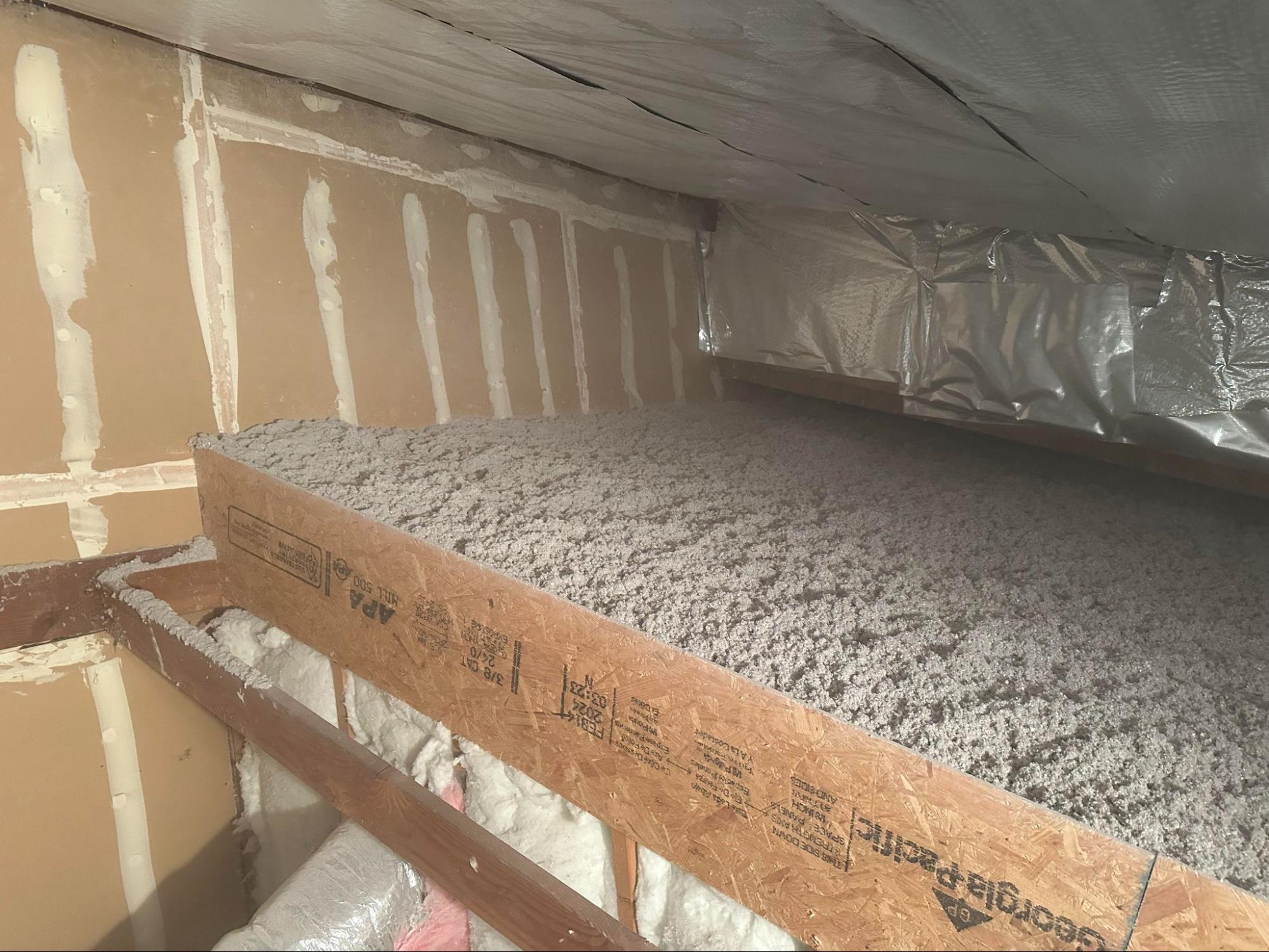Are you planning to remove old insulation? If you do it properly, it’s simpler and safer than you imagine. Let’s explore how to do it properly.
Did you know? According to the U.S. Department of Energy, homeowners can save as much as 20% on heating and cooling bills by sealing and insulating correctly. However, old insulation can turn into a dust-producing, allergen-emitting, and even pest-harboring nightmare. Therefore, insulation removal is usually the initial step to an energy-efficient, healthier home.
If your renovation, energy upgrade, or simply cleaner air is on the horizon, you must begin by removing insulation. This guide will take you through each step, from why to when and how to do it safely and cost-effectively. So, stay tune.
Why You May Need to Remove Old Insulation
Old insulation isn’t merely pointless; it could be dangerous. Here are some reasons to think about the removal of insulation:
- Water damage or mold can render insulation unsafe.
- Insulation is a common nesting place for pests, particularly in attics.
- Smoke damage could render the insulation poisonous if appropriate protective measures are not taken.
- Obviously, if you’re upgrading to a newer insulation, the old insulation has to go.
- Energy efficiency begins with a clean slate.
Signs That You Need to Remove Attic Insulation
Your attic sends you clear signals when it is time. Watch for:
- A musty odor from the attic area.
- Inconsistent temperatures between rooms.
- Rat droppings, or nests, are visible.
- Discoloration or wet spots in the insulation.
- High energy bills even if you have made other upgrades.
If you see any of these signs, it is time to schedule attic insulation removal.
Steps for a Safe and Efficient Removal Process
Although it may appear straightforward, removing insulation is not easy and requires planning, safety, and care.
Prepare the Space Before Removal of Insulation
Before you remove insulation, make sure:
- You prepare the space and surroundings properly.
- Remove storage or any obstacles from the attic.
- Shut off the electrical circuits in the attic in order to eliminate risk.
- Cover floors beneath the attic with plastic sheeting.
- Make sure there is sufficient ventilation in the workplace
Note: In all cases, wear appropriate protective clothing like gloves, safety glasses, long sleeves, and a high-quality dust mask or respirator.
Tools You Need for Insulation Replacement or Removal
Here’s what you’ll need:
| Tool | Use |
| Industrial vacuum | For loose-fill or blown-in insulation |
| Insulation removal bags | To collect and dispose of removed material |
| Protective clothing | To protect against fibres and dust |
| Utility knife | For batt or roll insulation |
| HEPA filter | To clean fine particles from the air |
Types of Insulation and Their Removal Techniques
Different removable types require different removal methods. Here’s a breakdown:
Batt or Roll Insulation (Fiberglass or Rockwool)
- Wear gloves and long sleeves
- Use a utility knife to cut pieces.
- Roll it up and seal it inside insulation bags.
- Clean up any residue with a HEPA vacuum.
Blown-in Insulation (Cellulose or Fiberglass)
- Use a high-velocity vacuum system.
- Move slowly in a grid and ensure you don’t miss anything.
- Double-bag all material before discarding.
Note: Never compress insulation; this will release fine dust into the air.
Safety Tips During Insulation Removal
Prioritize safety above all else. Taking insulation off improperly may put you in danger, so please review these safety suggestions:
- Wear a respirator, and not just a standard dust mask.
- Avoid working in extreme temperatures; the early morning is best.
- Keep a first aid kit close at hand.
- Do not remove insulation if any electrical wiring is exposed.
- Stop immediately if you see mold or Asbestos, and call a professional.
What to Do After Insulation Extraction
Insulation extraction is just the first step. Here’s what comes next:
Clean the Space
- Once everything is removed, use a HEPA vacuum to clean the attic floor.
- Next, wipe all the wood surfaces to get whatever dust is left.
- Look to see if there are any leaks, signs of rot, or wiring issues.
Prepare to Install New Insulation
Before you jump to insulation replacement, make sure:
- The space is dry and damage-free,
- There is no mold or pests present,
- You picked the correct R-value insulation for your climate.
Benefits of Professionally Removal of Insulation
DIY is great, but pros do it quicker and cleaner. Why hire a pro?
- Speed: What you do on a weekend, a pro can do in hours.
- Safety: No exposure to harmful fibers or dust.
- Proper disposal: They follow the local regulations.
- Expert inspection: They catch problems you may not see.
Ultimately, you get peace of mind and better energy efficiency faster.
Quick Checklist
Here is a simple checklist to get your project started:
- Inspect your attic
- Wear protective equipment
- Protect the surrounding areas
- Using the correct tools
- Bag and seal old insulation
- Vacuum and clean the area
- Schedule inspection prior to new install
Ready to Replace? Choose the Right Insulation
After your attic is clean, consider a complete replacement of the Insulation. Decide which type is right for your climate:
- Fiberglass: Cheaper and the most available.
- Cellulose: Good choice if you want something environmentally friendly or if your house is older.
- Spray foam: Best for sealing potential air leaks.
Ask a local expert which option is best for the needs of your home.
Time to Upgrade Your Home’s Comfort?
Eliminating old insulation is the first step toward better energy savings and cleaner air. Whether you are planning to completely remove insulation or just prepping for insulation replacement, the important part of the project is doing it correctly.
Don’t worry, My Insulation Guy offers expert services that make the process simple, fast, safe, and worry-free. Call us when you’re ready to transform your attic.
FAQs
Q1: Can I do insulation removal myself, or should I hire a pro?
Yes, you can do it yourself if there is no mold or asbestos. But for efficiency and safety concerns, it is better to hire a pro.
Q2: How long does it take to remove the attic insulation?
It should take 4-8 hours for an average-sized attic, depending on the size and type of insulation.
Q3: What does insulation removal cost?
Prices vary depending on the region and size of your attic. The average cost of insulation removal is about $1-$2 a square foot.
Q4: Is insulation removal a “messy” task?
It can. That is why it is important to seal off the area and use gear and systems, such as vacuuming, to help prevent it from creating a mess.
Q5: What should I do with the old insulation that has been removed from my attic?
Securely bag it and dispose of the old insulation as per your local waste guidelines.

